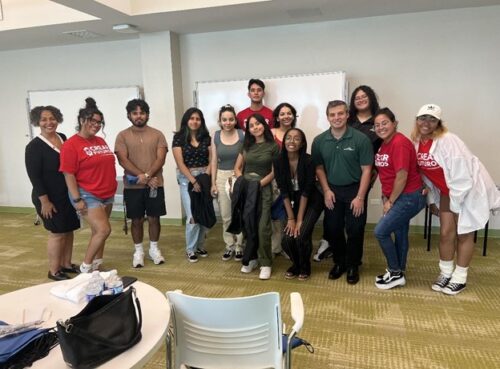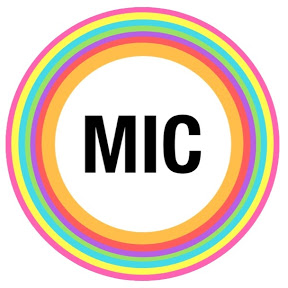Photo Credit: dazeddigital.com
The story of house music begins on the night “the death of disco” was declared in Chicago’s Comiskey Park on July 12, 1979. That event became known as “Disco Demolition Day.”
“Disco Demolition Day” was orchestrated by a local radio host named Steve Dahl.
Banners marked with “DISCO SUCKS” lined the stadium and over 20,000 disco records were destroyed during a baseball game between the Chicago White Sox and the Detroit Tigers. Some people said it was a promotional gimmick, but with the use of the word “sucks” (an intentional homophobic slur), it was clear that there were social prejudices at play.
After the “death of disco” was declared in 1979, LGBTQ+, Black and Latino communities created their own new genres. In New York, hip hop was on the rise, but in a West Loop building in Chicago house music was born at the “The Warehouse.” The Warehouse’s three-story loft served as a members-only gay club from 1977 to 1982. The club’s owner, Robert Williams, purchased the building in 1975, he added a high-tech sound system and modeled the club after the iconic dance floors of New York’s Studio 54.
Williams hired Frankie Knuckles, an openly gay Black man, who served as the club’s official resident DJ. During his time working at the Warehouse, Knuckles created house music. To keep club attendees dancing, he blended 1970s disco with gospel, funk and electronic music.
The Warehouse became a safe haven for Black, Latino, and LGBTQ+ people and the new genre quickly became a symbol for equality and power, but most notably, queer liberation.
The highly stylized freestyle dance, “Vogue,” was born from house music in the queer Black and Latino queer communities of Harlem, New York. Voguing was performed during drag competitions known as “vogue” battles (formerly known as ballroom or elaborate pageants).
In this underground queer culture, competitors would “walk” or vogue, dance, lip-sync and model in different categories to house music. Eventually, DJs and producers began to make their own music, “Vogue beats,” which were and still are heavily influenced by house and electronic music.
House music’s roots are Black and Latino, in the 1990s, but according to the Guardian, as electronic music grew in popularity and became adopted by international audiences, white people started to take ownership of the genre.
Black and Latino influence was quietly erased, as white communities began to shut down nightlife venues with the help of law enforcement. They claimed that these spaces were unruly and riddled with crime.
As the genre became more popular in white communities, artists like Daft Punk and Pete Tong began to pop up and garner success from it. Eventually, the genre became associated with white people, today white music fans identify with the genre even more so than Black ones.
However, post quarantine, Black artists took back ownership of the genre. In 2022, rapper Drake released his album Honestly, Nevermind which was heavily influenced by it. Fans and critics alike felt iffy of the album, but a few days later, Beyoncé teased her song “Break My Soul.”
“Break My Soul” featured the distinctive bassline of the house classic “Show Me Love” by Robin S. Prepped by Drake’s album, fans took a big liking to Beyoncé’s song, on August 8, billboard.com reported that the song hit number one on the Billboard Hot 100.
House music is a vibrant genre for everyone to listen to and draw inspiration from, but it must not be forgotten that the roots of the genre are Black.







